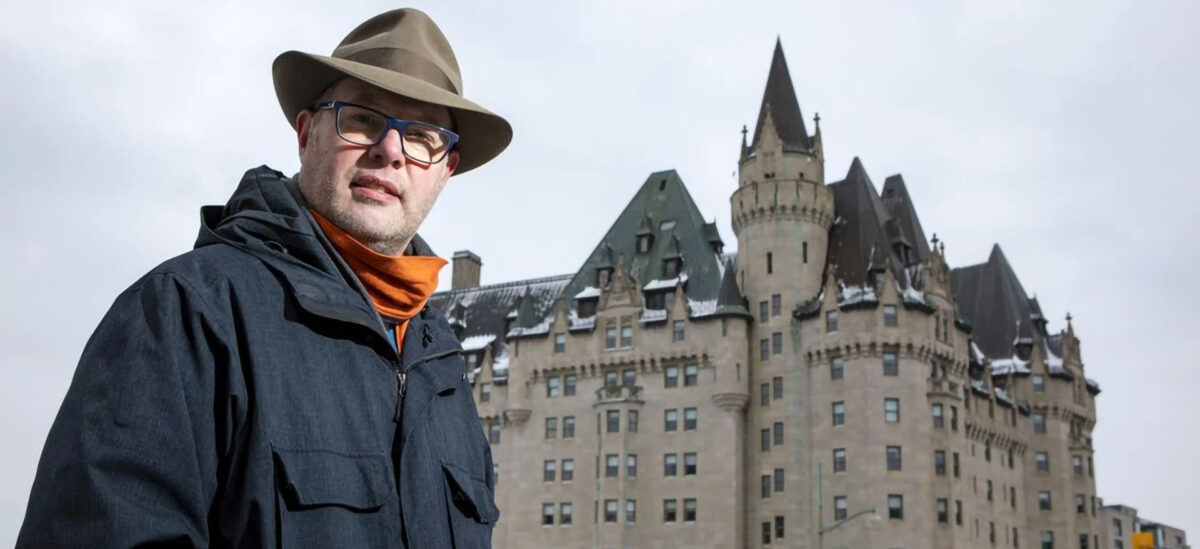Ambitions for Ottawa – a city architect would push us towards excellence

The City of Ottawa aspires to be the best mid-sized city to live in. We’ve recently approved a new official plan that sets an ambitious path to realize this vision. Climate concerns, planning, traffic engineering and procurement seem to be central to its implementation.
But while we aspire to excellence in our built environment, we often settle for mediocrity. Why?
One reason is that Ottawa has no civic architectural leadership.
The 1951 Massey Report, the definitive Canadian report on culture, noted that “Canadians are still too little aware of the power of the architect to enrich and enliven their lives.” Seventy years on, this is still true. As a society, we don’t fully understand or value how architecture can affect our mental or physical health, our well-being, or our economy.
The municipality has a very able planner in the role of general manager of Planning, Infrastructure and Economic Development, and we have a few architects in project management and planning roles, but we have no architects in leadership. This is an important gap in achieving the city we aspire to be.
Article content
A city architect can serve a vital role in challenging the private sector to do better on development, pushing the conversation beyond land use planning to create lasting quality for society. A very small percentage of projects in Ottawa go to the Urban Design Review Pane l, a volunteer group of architects, planners and landscape architects, but their recommendations are non-binding. We only have to look at the public dialogue on the Château Laurier to see the value that a city architect could bring to not only the application process, but to public engagement.
A city architect could, at a peer-to-peer level, challenge private sector projects and their architects to deliver better places. At the same time, the architects of those projects would have a better dialogue with city staff on design, a scope of service that land use planners are not trained in. This was an express concern of the Ontario Association of Architects in the 2006 revisions to the Planning Act. To this day, we see planning staff controlling design through commentary on colour, material, interior layout, scale and massing — all without adequate architectural training.
When council questioned the open-air LRT stations, a city architect could have been on hand to advise council of ways to improve the design to provide the sort of comfort and care that citizens expect from their public transit. Likewise, a city architect could help address the challenges of the housing emergency and engage in the crucial visioning of places like Lansdowne and the ByWard Market and work collaboratively with the NCC on LeBreton Flats.
We don’t have to look far for good examples of how a city architect can help. In response to then mayor Steve Mandel’s 2005 statement , “No more crap,” regarding the quality of architecture in Edmonton, the city embarked on a reform of its procurement processes , including the appointment of a city architect. That’s led to Edmonton becoming an internationally recognized leader in high quality design of public buildings, delivering better value for public expense. The development industry has kept pace, helping to create positive and engaging built form that supports community well-being.
A city architect could help reform Ottawa’s procurement system, addressing long standing problems with contracts and processes that focus on price, not value, and contain clauses that undermine the public interest. This could lead to more design competitions and better public engagement.
We are coming to understand and appreciate the role the built environment plays in our collective well-being. We are also realizing that the intersection of planning, municipal budgets, health, climate change, the economy and aspirational visions for our city coalesce around the role architecture plays in our lives.
The time for a City Architect is now.
This article was also published in the Ottawa Citizen.
Toon Dreessen is president of Ottawa-based Architects DCA and past-president of the Ontario Association of Architects. For a sample of our projects, check out our portfolio here. Follow us @ArchitectsDCA on Twitter, Facebook, LinkedIn and Instagram.